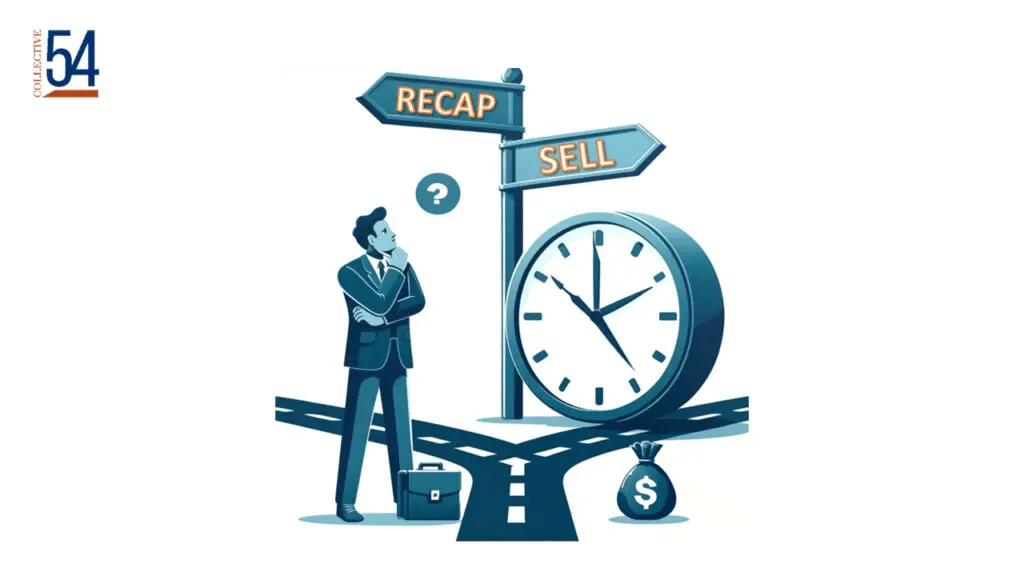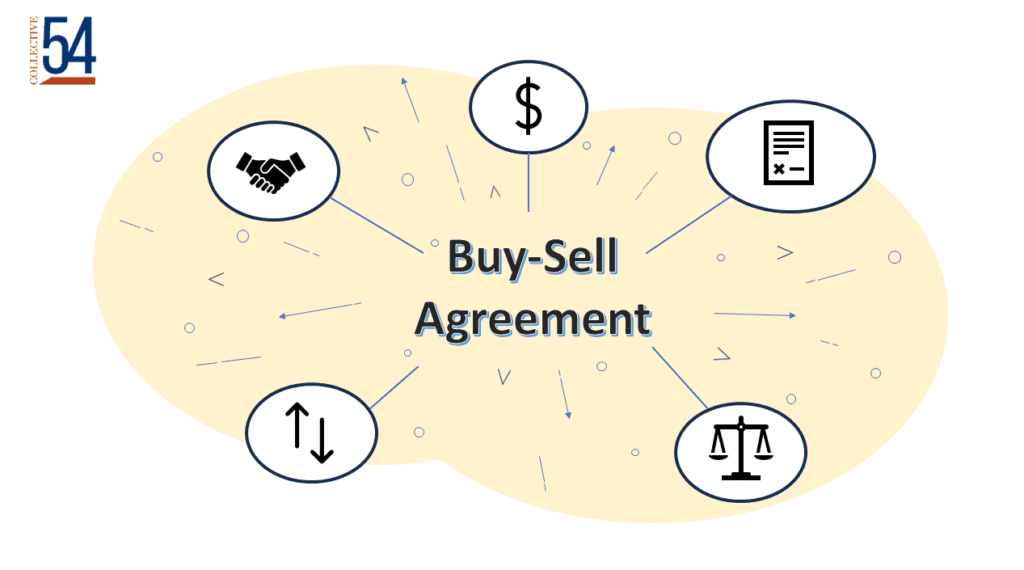How to Know the Right Time to Recap or Sell Your Business: An Investor’s Perspective
Imagine you’re in a game where your character has a treasure of immense value, attained through years of sacrifice, risk taking and toil. The objective of the game is simple – find a buyer for the item and transact at a mutually acceptable price. Easy, right? Well, there’s a twist.










